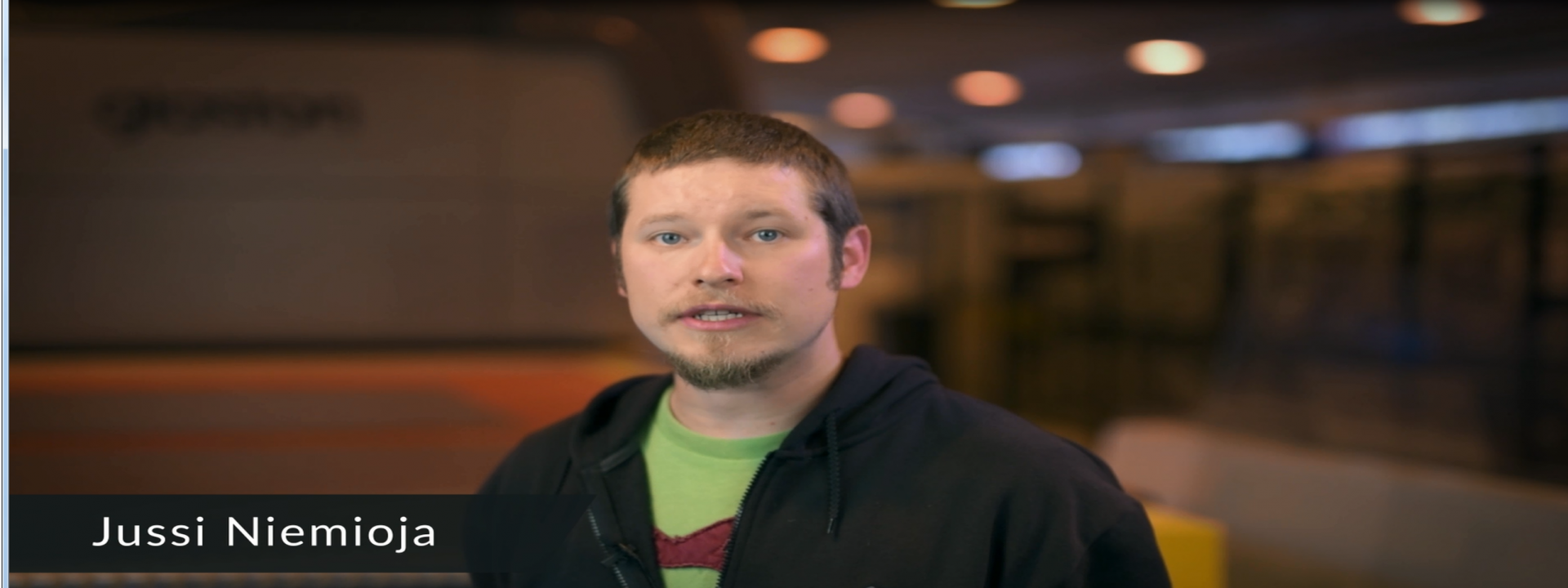
This week, we’re dealing with your excellent questions about lamination. In this latest #AskGlaston episode, we will cover the following three questions:
1. The tempering process requires more heating time for Low-E. What about lamination? How much more time is needed?
2. All other laminating line manufacturers are using two nip rolls in their laminating lines. You are using only one. Why?
3. What is the difference between the IR and convection pre-pressing unit?
For this week’s questions, see our full video response below!
As always, remember to learn, share and succeed!
The tempering process requires more heating time for Low-E. What about lamination? How much more time is needed?
The heating time is related to several factors in the process – the amount of convection and radiation as well as the temperature difference between the glass and the chamber. By optimizing the amount of convection and the temperature of the chamber, we are able to give the same treatment with the same cycle properties to clear, painted and coated – such as Low-E – glasses, which enables equal cycle time for any glass type.
All other laminating line manufacturers are using two nip rolls in their laminating lines. You are using only one. Why?
Previous technologies have always suffered from more uneven heating than today’s full convection technologies. Again, the temperature differences have driven suppliers to more complex solutions than are ideally needed.
By minimizing the temperature difference between the glass center and the edge area, we are able to produce more stable, efficient and easy-to-use equipment. Heat transfer is a complex combination of radiation, convection and conduction in every case. By understanding the characteristics and the most important factors of each, we can get closer to the ideal solution.
What is the difference between the IR and convection pre-pressing unit?
The difference between the IR and convection unit is quite trivial. Since convection technologies have already spread widely to other heat treatment areas though, it is no surprise that convection has become the most optimal technique also for lamination. The benefits of convection have already been proven in many fields of glass processing. I see it as a very natural step towards better process efficiency.
Sign up for Glastory newsletter
We answer your questions about glass processing. Let us know your challenges and we promise to do our best to help you.
Comments are closed.